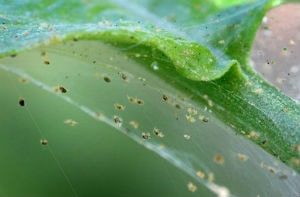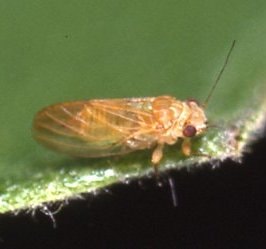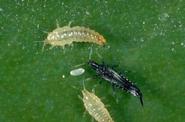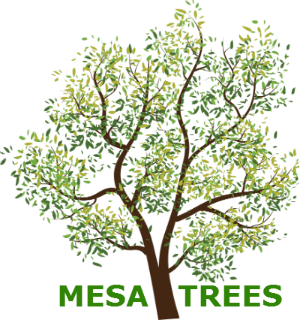MESA AZ AREA TREE SERVICE PROFESSIONALS DIAGNOSE AND TREAT TREE DISEASE

It is not too difficult usually to recognize if a tree looks unhealthy after the disease has spread. The earlier problems are detected the easier they are to control. Typically the first sign is seen in the leaves changing in some way. Even though the trees that do well in our very hot climate here are tough and adapted to these conditions they are still subject to problems and disease.
Among the sources of problems are:
- Soil Conditions
- Watering
- Weather Conditions (Wind Damage, Monsoons!)
- Insects
- Fertilization
- Herbicide Injury
- Insects
- Maintenance Practices
- Improper Pruning or Trimming
- Sunburn
- Freeze Damage



Some common pests. Let us identify these and help you in ridding your property of them
Tree Diseases Diagnosis and Treatment
Palo Verde – These beautiful green barked trees populate the Phoenix area landscape. They are a favorite in the area because of their beauty and desert hardiness. It is important that the tree canopy is maintained by proper trimming and pruning as these trees are quite susceptible to wind damage. It is quite common the see many Palo Verde branches broken after a local micro burst or monsoon. Another enemy of this species is the Palo Verde Borer. These are insect larvae that bore into the roots of the tree. Thus, the threat is not readily seen. This pest actually dwells underground in the larvae state for three to four years feeding on the tree roots. They can eventually kill the tree.
Most other borer type insects attack trees because the tree is damaged or stressed. They generally feed on dead wood so it makes sense to prune any dead limbs from the tree structure before they invade.
A number of different insects will plague and attack the tree foliage in our region.
- Acacia Whitefly – These pest “scrape” the undersides of the leaves. This produces leaves with a yellow appearance and a blotchy look.
- Aphids – Very common pest that reproduces rapidly. They feed on the tip of twigs and the emerging growth, They usually leave a sticky material that resembles honey and this tends to produce a blackish color on leaves and twigs.
- Psyllids – These usually are found on leaves and shoots. They feed by “sucking” the juices from the leaves and shoots. They leave behind a liquid like honey. It sometimes crystallizes. A dark soot like mold grows on this residue that is left behind. These pests can cause significant defoliation,
- Spider Mite – These are technically not an insect but are in fact grouped together with spiders and ticks. They build a fine web like structure between the foliage that is thin enough it may go unnoticed until dust covers it and it becomes more visible. The mites themselves are very small and appear as small moving dots when they are shaken from the plant onto a white paper. They feed by extracting the sap out of the plant. This turns the foliage to a bronze color or tint. Infestations occur more frequently during hot and dry periods.
- Thrip – Another pest that survives on the sap from the tree by accessing it through the leaves or leave stems. They typically cause cosmetic damage and can be controlled by appropriate application of insecticide.
- Palo Verde Scale – These insects can cause the Palo Verde to have stunted growth.
- Witches Broom – As the name implies this infestation resembles a broom. These are associated with spider mite infestation and the “broom” is the dead plant matter left behind from the infestation. Pruning is the best way to remove this structure and insecticide spray should be applied to exterminate the mite infestation.
In general the tree should be watered to a depth of about three feet. Too much water can cause problems from root rot. Root rot does not allow the tree roots to absorb oxygen which is needed by the tree. There is too much water surrounding the roots. To see if the tree needs water a probe can be pushed into the ground next to the tree after the water has drained away from the tree, The probe will be very difficult to insert into the ground below the water level.
Temperature plays a large roll in water requirements for trees. Here are some guidelines on the amount of water for different temperature ranges:
- 108 degrees F or more – water every 2 days
- 90F – 100F – Water once or twice a week
- 75F – 90F – Water every 10 days to 2 weeks
- 75F or Less – water every 2 to 3 weeks

[wpforms id=”129″]
